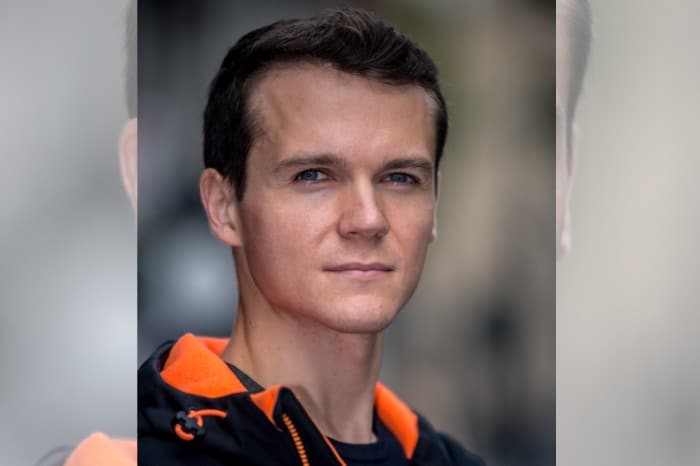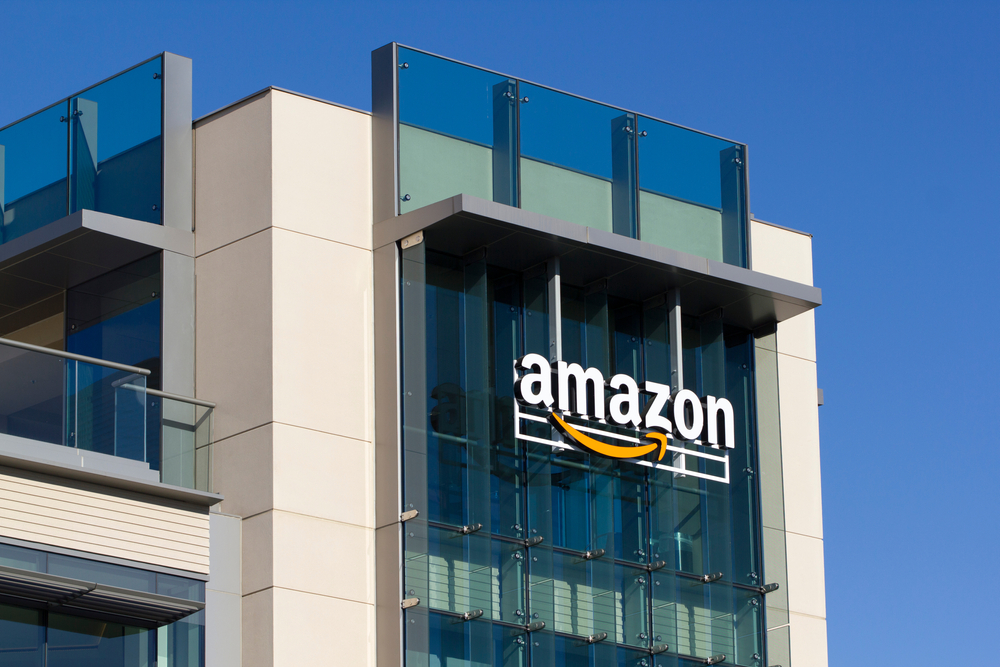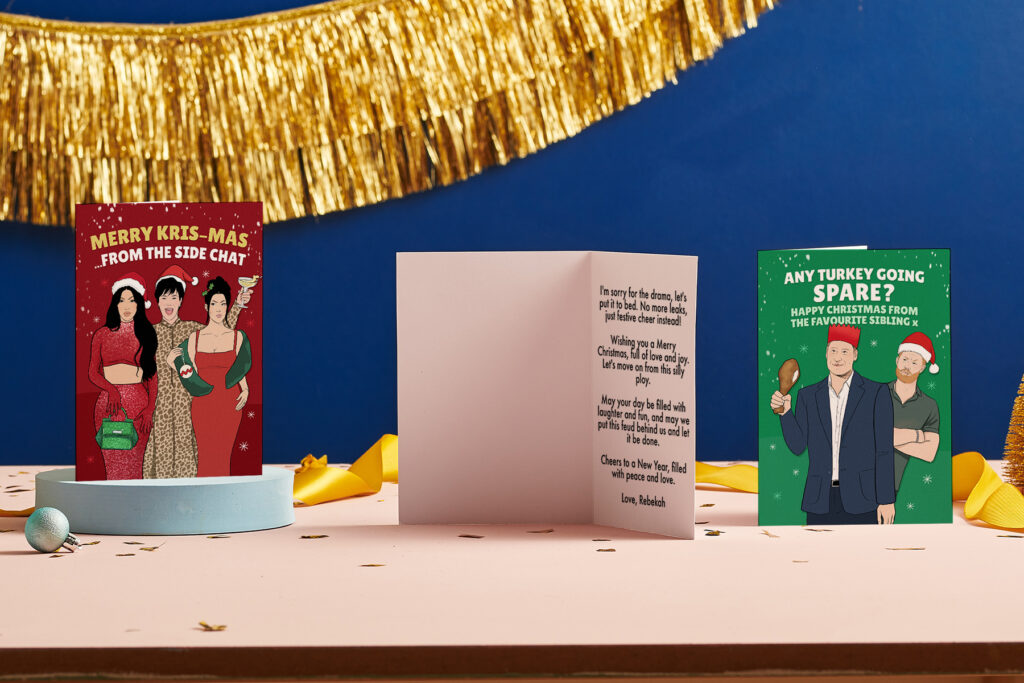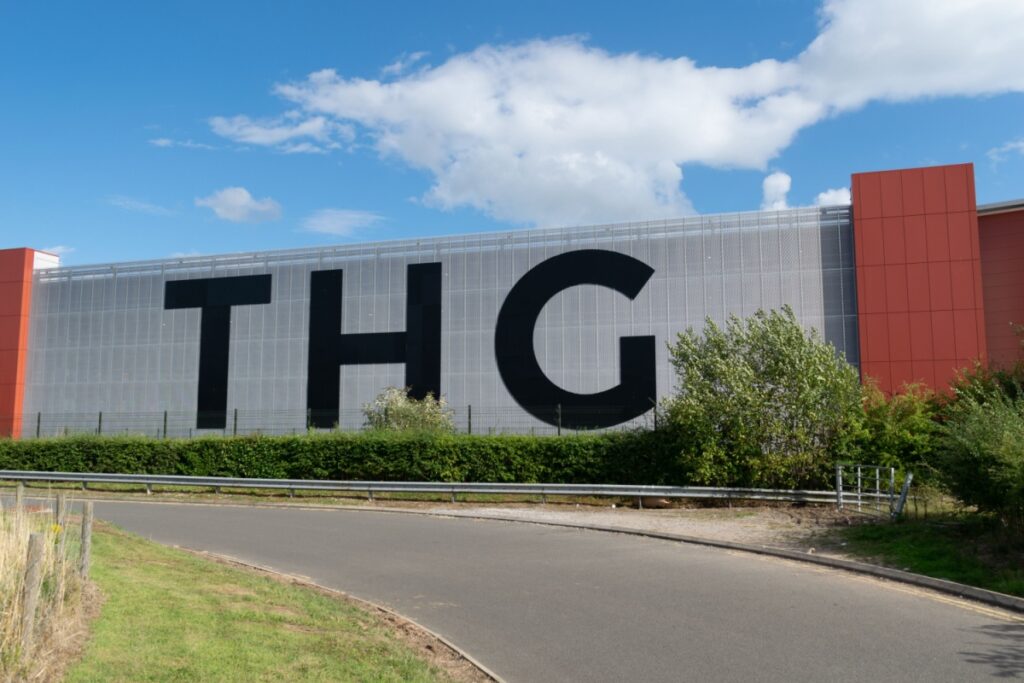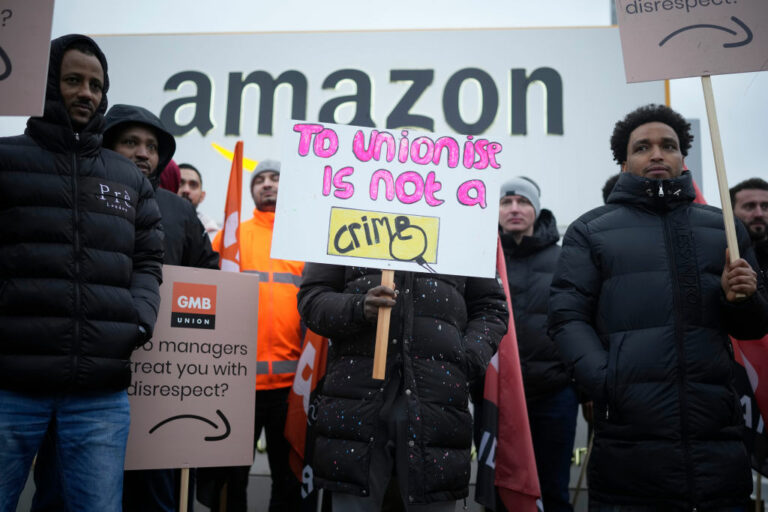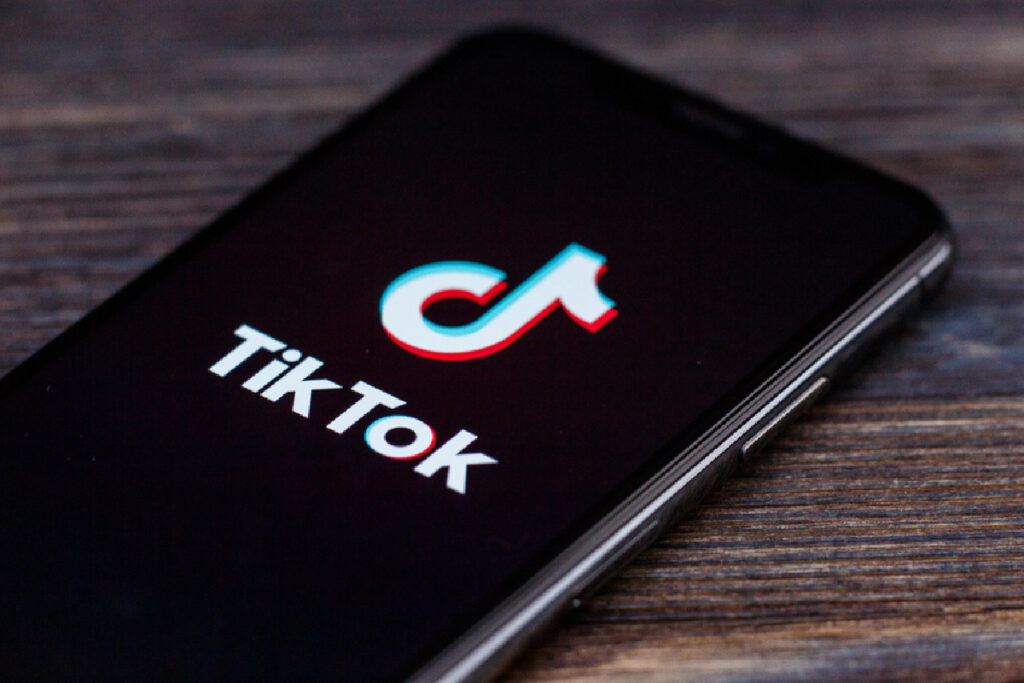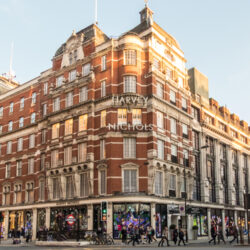When was NearSt founded and what is its purpose?
NearSt was founded in 2015 with a simple mission – to get people back into high street shops all around the world. No matter what technology or innovation we’re building, it always has to go back to the question of whether it contributes to this mission.
Our core product has been developed over three years. Called NearLIVE, it’s our proprietary technology powering real-time local inventory for the high street.
The technology connects to any retailer’s point of sale system and extracts the otherwise hidden inventory information and feeds it into the places millions of shoppers are searching for it on the web.
What got you into retail in the first place?
We founded NearSt after my co-founder Max had a literal light-bulb moment. He was due to have friends over for dinner when his lightbulb broke. After a Google search only showed places he could order online, he looked for local DIY stores in the area. One hour and five different DIY retailers later, he finally found what he was looking for in a shop five minutes from his house.
He wondered how it was possible that it was easier to order the lightbulb from a warehouse
hundreds of kilometres away than from a shop only hundreds of meters away. After this
revelation, we got together, and NearSt was born.
Congrats on getting the support of Google last year!
Thank you, it was an incredibly exciting time for NearSt. The partnership came about because delivering truly live local stock information is difficult and almost no one is doing it, and Google wants to surface this information natively in search. This led to a partnership, which meant for the first time ever, shoppers were able to search the shelves of local shops directly in Google search results – which opened up a world of possibilities.
What I find most exciting though is that Google is just a first demonstration of what is possible with our technology. As we move through 2019 and 2020, we are committed to creating a future where high streets are seamlessly integrated into your everyday digital life. Where products you are looking for are always available nearby and where physical retail is intuitively the most convenient option.
Describe your role and responsibilities at NearSt?
I’m one of the co-founders and chief executive NearSt. We’re a growing company which means I still wear lots of different hats on any given day, but most of the focus is on the
operational side of making sure we’re executing as fast and effectively as we can.
My co-founder Max takes care of the long-term strategic direction and our product. The balance between the two of us works really well.
Tell us a bit about yourself and your background before NearSt.
I graduated from the University of Sussex in 2010 with a degree in media production. That
same year I joined Ogilvy’s grad programme and was thrown straight into the deep end on a bunch of the agency’s new and emerging analytics and digital practices. Fast forward three years and I was privileged to be one of the firm’s youngest account directors working across some of exciting global digital clients like Land Rover, Nestle, and BP’s London 2012 Olympic Games Sponsorship.
Whilst at Ogilvy, I met Max who was working there as a strategist and tech innovation
consultant at the time. After Max left Ogilvy we stayed close as he built out his own innovation consultancy, and it was in doing this that he had the literal “lightbulb moment” that he pitched to me and turned into NearSt.
What is the most challenging aspect of your job?
Doing what we’re repeatedly told can’t be done. Extracting live inventory data from the plethora of legacy POS systems that are used in high street shops is ultimately very difficult and has taken real perseverance to do it to the standard we do today.
More broadly, one of the biggest challenges as chief executive has been swimming against the tide of negative sentiment in retail. Every day the press is filled with stories of “the death of the high street”, and how it doesn’t have a role in modern society.
We emphatically disagree with this, and are constantly challenging partners, media, and
investors to see it differently. We see the high street as a place packed with value that is hidden away, and which simply needs unlocking for a generation who experience and shops the world through their smartphones. Continuing to beat this drum is extremely important to us.
And the most rewarding?
When we hear that our NearLIVE technology is really making a difference. When the shops we work with send us anecdotes of customers who were originally looking for something online then ended up in their shop (and pleased that they didn’t have to order online), it really spurs us on.
What advice would you give someone who is considering embarking on a career in retail?
Think about how you really shop, how that entire journey could be better, and then where you can personally use your skills to improve that experience. If you do this it will probably open up all kinds of roles and avenues that you never even thought of as ‘retail’ but that are going to be key to the success of the high street.
Why do you enjoy working in retail?
We exist to get people back into high street shops and every day we can see that we’re doing that. Beyond this though, when you look at the potential innovations of what access to a live view of which shop, stocks what product nearby, holds for the high street, it paints an incredibly vibrant, thriving future, I’m constantly amazed by the ideas people share with us of just what this technology can be used for, all of which helps the high street.
Can you describe what Google’s support entails for NearSt?
We originally offered search through our own platform, via a website and app. However, last year we decided to partner with platforms with a higher consumer profile and provide the data and technology powering it behind the scenes.
We effectively moved from being a car maker to an engine maker, which works far better for both ourselves and where shoppers are actually searching – on Google.
So, for example, if a consumer searches in Google for a particular brand of moisturiser, instead of just online results, they’ll get shown the pharmacists or beauty shops that stock it within a short distance of where they are.
Ultimately, we are working towards a future where this live inventory information is universally available in any site, app or service where it would be useful and using our technology to power this.
What gap in the UK retail market does NearSt strive to address?
With an average of 14 high street shops closing every day, our mission is to get customers back into high street shops by connecting the products currently hidden on shop shelves to the millions of local shoppers searching for them nearby.
There are a plethora of companies offering ecommerce solutions, local advertising, social media solutions, and so on. Yet when you carry out the most core of shopping tasks – searching for a product you want to buy – the items on the shelves of almost every shop in the world are invisible to you. Your phone (and every app and service running on it) has no idea those products exist.
This is for good reason – getting access to this information in real-time to a high degree of
accuracy and making sense of it is exceptionally difficult, and is what our NearLIVE technology has solved.
What would you say is the biggest risk for the retail sector, given the current climate?
Losing sight of what’s great about the high street. There’s so much talk about everything that’s wrong with the high street, and how it needs to be more like online, that we risk losing the things that make the high street brilliant.
Yes, we need to get to a single view of stock, and make click-and-collect easier, and offer one-hour delivery from stores. But let’s also not forget that retail is ultimately about selling products. And there are so many amazing things you can do in a physical shop that simply aren’t possible on a 5” smartphone screen. We just need to make it super easy for a customer to discover that product is in fact there.
Click here to sign up to Retail Gazette‘s free daily email newsletter

